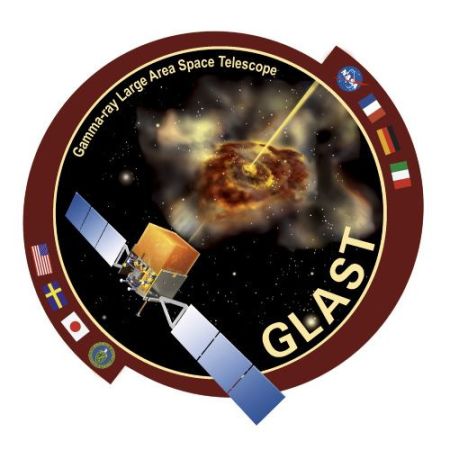Following the discussion with Rafael Frigori (see here) and returning to sane questions, I discuss here a class of exact classical solutions that must be considered in the class of Maximal Abelian Gauge. As usual, we consider the following Yang-Mills action
being the ghost field,
the coupling constant and, for the moment we omit the gauge fixing term. Let us fix the gauge group being SU(2). We choose the following (Smilga’s choice, see the book):
being a scalar field. The other components are taken to be zero. It easy to see that the action becomes
This is a very nice result as if we have a solution of the scalar field theory we get immediately a classical solution of Yang-Mills equations while the ghost field decouples and behaves as that of a free particle. But such solutions do exist. We can solve exactly the equation
by
being sn Jacobi snoidal function, two arbitrary constants, if holds
We see that the field acquired a mass notwithstanding it was massless and the same happens to the Yang-Mills field. These are known as non-linear waves. These solutions do not represent a new theoretical view. A new theoretical view is given when they are used to build a quantum field theory. This is the core of the question.
What happens when we keep the gauge fixing term as
If you substitute Smilga’s choice in this term you will find a correction to the kinematic term implying a rescaling of space variables. This is harmless for the obtained solutions resulting in the end into a multiplicative factor for the action of the scalar field.
The set of Smilga’s choice is very large and increases with the choice of the gauge group. But such solutions always exist.
If you want more information about their use in QCD see the following:
Infrared gluon and ghost propagators Phys. Lett. B
Yang-Mills propagators and QCD to appear in Nucl. Phys. B: Proc. Suppl.
Update: Together with Terry Tao, we agreed that these solutions hold in a perturbative sense, i.e.
being a constant and
the coupling taken to be very large. These become exact solutions when just time dependence is retained. So, the theorem contained in the above papers is correct for this latter case and approximate in the general case. As the case of interest is that of a large coupling, these results permit to say that all the conclusions drawn in the above papers are correct. This completed proof will appear shortly in Modern Physics Letters A (see http://arxiv.org/abs/0903.2357 ).
Thanks a lot to Terry for the very helpful criticism.



 Posted by mfrasca
Posted by mfrasca  As you can see one has again the propagator reaching a finite, non-null value in the infrared limit. About the ghost propagator they obtain again a result very near to the case of a free particle. In this case the agreement was perfect for SU(2). For SU(3) there is a tiny disagreement.
As you can see one has again the propagator reaching a finite, non-null value in the infrared limit. About the ghost propagator they obtain again a result very near to the case of a free particle. In this case the agreement was perfect for SU(2). For SU(3) there is a tiny disagreement. It has seen the greatest gamma-ray burst ever (see
It has seen the greatest gamma-ray burst ever (see  Well, I am not Columbus but I can say that here we have an entire continent to explore. As happened to Columbus, there are a lot of thinkers against such an idea but maybe it is worth a try taking into account the possible pay-off.
Well, I am not Columbus but I can say that here we have an entire continent to explore. As happened to Columbus, there are a lot of thinkers against such an idea but maybe it is worth a try taking into account the possible pay-off.
